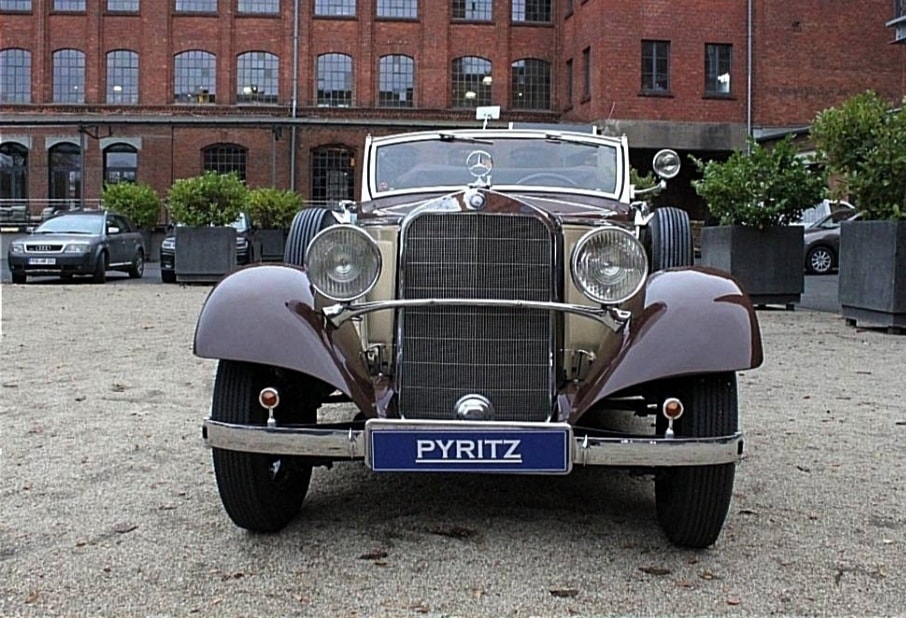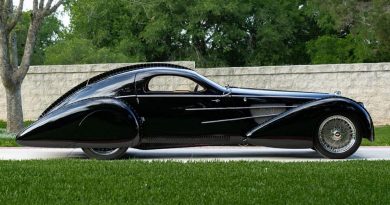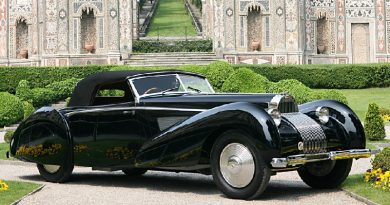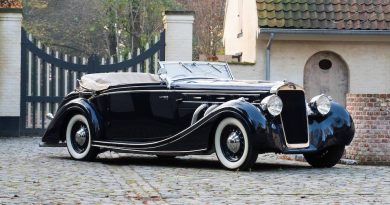1936 Mercedes Benz GT 200
Just one and a half years after the launch of the Mercedes-Benz 170, whose swing-axle chassis proved both, innovative and successful, there followed the next stage in the renewal of the passenger car range. The International Motor and Motorcycle Show in Berlin in February 1933 was the venue for the launch of no fewer than three new models: the 200 (W 21), 290 (W 18) and 380 (W 22). The 200 (W 21) was nothing other than a more powerful and slightly more spacious version of the 170. A 5 mm wider bore gave the engine a displacement of two litres with a power output of 40 hp – 8 hp more than in the 170. The wheelbase on the 200 was 100 mm longer than that of its smaller brother.
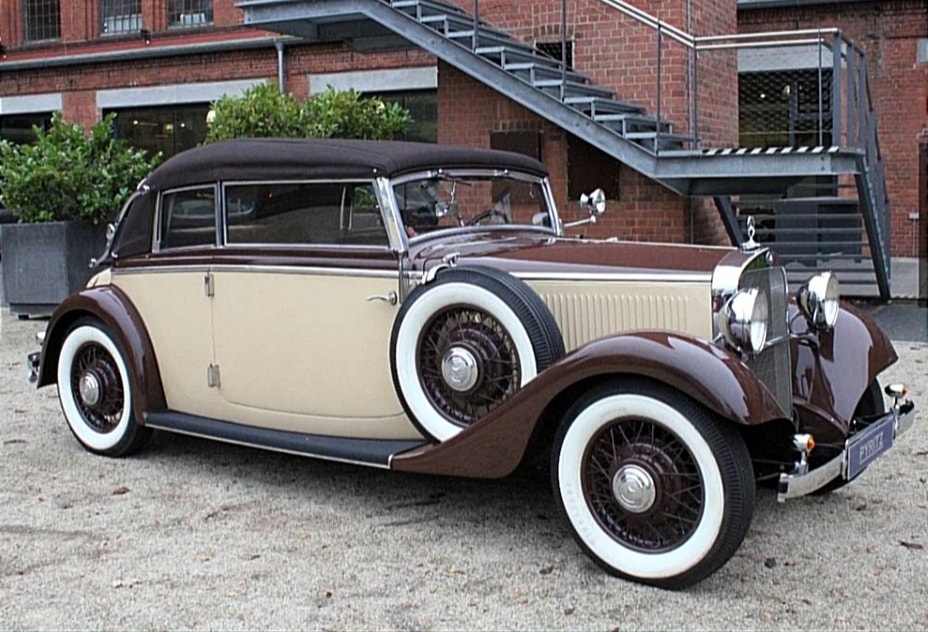
The solution for the 200 was to increase the engine displacement. The desired increase in displacement to 2.3 litres could not be achieved simply by widening the cylinder bore. Although the bore was widened from 70 to 72.5 mm, it was additionally necessary to lengthen the stroke by 5 to 90 mm, something that necessitated a new crankshaft. The 2.3‑litre engine, with the design code M 143, produced 55 hp, 15 hp more than the M 21, and was fitted in the long chassis from May 1936. However, the model designation “200 with long chassis” was initially retained, the 55‑hp engine being included in the May 1936 price list as an optional extra costing an additional RM 175. Even today, this fact still causes a certain degree of confusion, since although both versions are identical in terms of chassis and body, they carry the design code W 21 or W 143, depending on which engine is installed.
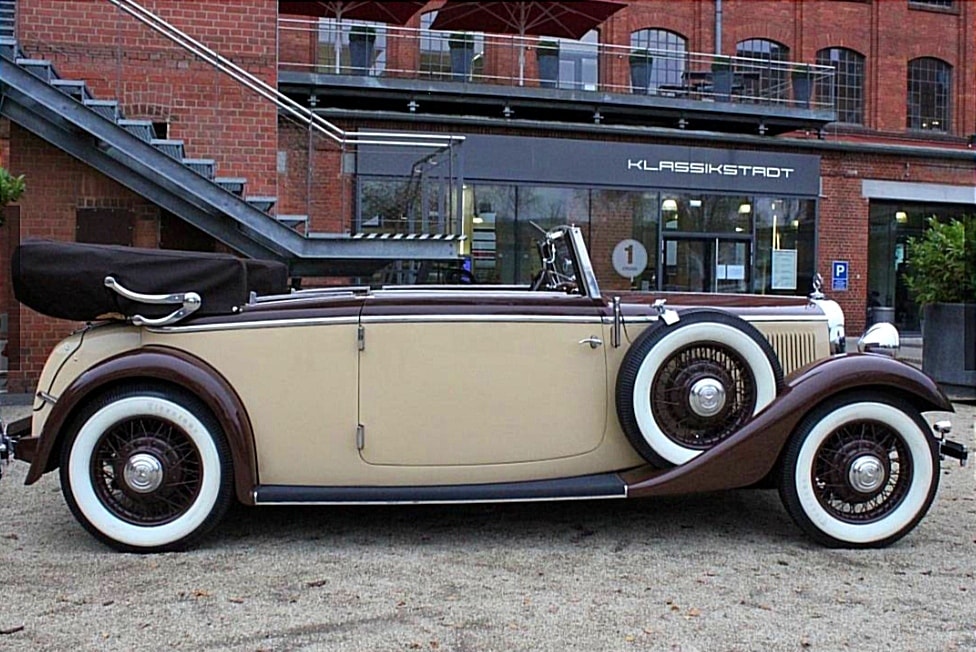
The standard-wheelbase W 21 was produced only in Untertürkheim, where it reached a unit volume of 9,281 vehicles. The long version totalled 6 341 units, with 2 950 being produced in Untertürkheim and 3,391 in Mannheim.

Easy distinguishable from the saloon through its manually operated soft-top kept in place by to articulated chrome arms, the Cabrio had an elongated rear complete with a spare wheel mount while the door sills and wheel arches had been enlarged to achieve that epoch luxury look. The car’s lines were made curvier while access was done through a suicide door-opening system.

The technical concept in addition to the choice and design of bodies was more or less the same as for the 170. The 200 replaced the Stuttgart 200, which, with its rigid-axle chassis, was no longer up with the times. However, with its dainty looks the low-slung swing-axle car lacked the prestigious appearance of its predecessor.
